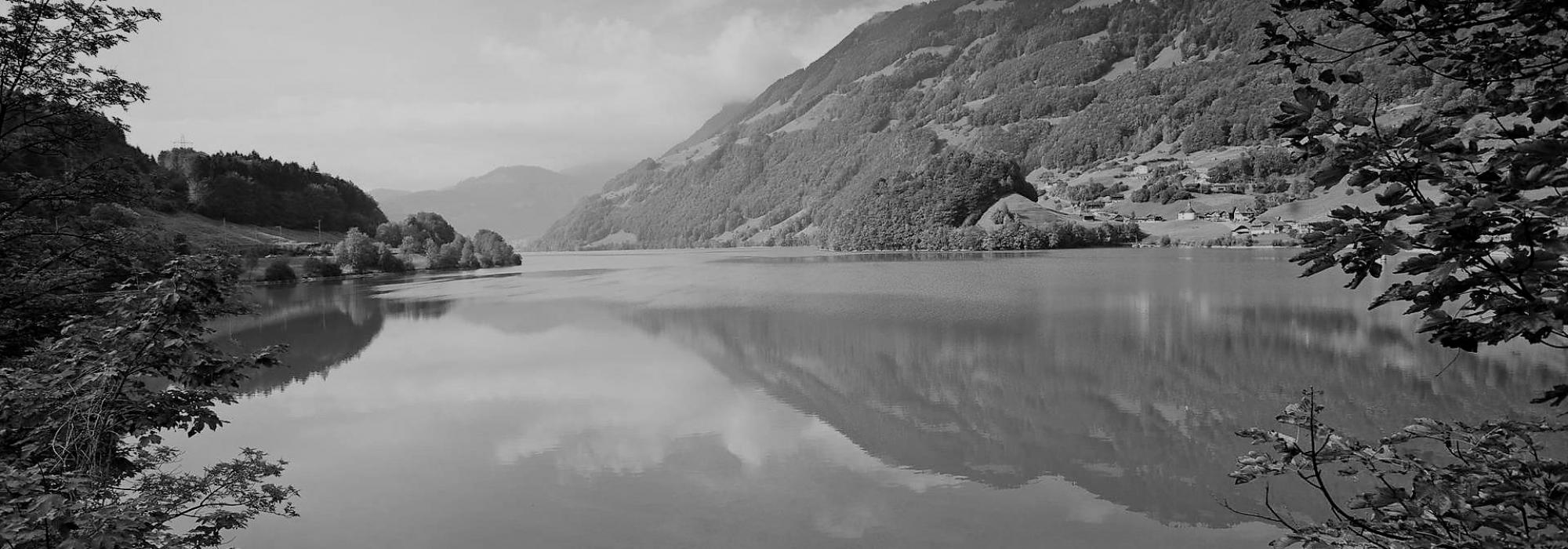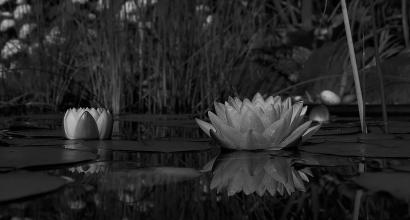‘Urus’
In the southeast corner of Mulbagal stands a Dargah. A dargah is a grave of Muslim saints. It seems that a devotee named Haider Valli had performed penance on the hilltop of Mulbagal. His grave itself was the dargah. Once every six to eight years, a festivity called Urus took place. Devotees from far off places as well as from the neighbourhood used to gather for the festival, including many Phakīras[1]. Some of the Phakīras would chant some passages from Quran or sing some other songs while holding fragrant incense sticks, would go from one grave to another paying their respects. The focal point of the Urus was the Phakīra nominated to the chief post. Apparently, there are 4-5 different groups/divisions amongst Phakīras. They were from Penukonda and several other places. Among them, was a fierce competition for the post of the chief. The nominated chief Phakīra was supposed to fast during the entire week of Urus. And had to meditate in a place without moving. Other rules also had to be followed. All in all, it was a very sacred place, a very distinguished place. For this reason, the fierce competition. More than the Phakīras, it was their followers, pupils who were involved in this tussle. At times, it seemed that the Urus might be cancelled due to their infighting.
Ramanna’s authority
Somehow my Chikka-tāta Ramanna was responsible for resolving this infighting using one or the other documents/evidences. To begin with, the administrators of the dargah would come to him with a proposal. Ramanna would place some of the documents, and suggest, “This Phakīra is suitable to be the chief for this time”. The dargah officials would then accept/authorize his suggestion. Also, they respected / showed their gratitude in return for his suggestion.
Urus festival would happen for a duration of five-six days. On the last day, there would be a procession starting from the dargah. They prepared a pandal by tying a tent cloth over the poles, handheld by four people at the corners. A decorated horse was made to walk/stride underneath the pandal. This was a substitute for the camels used in the Arab countries. People carrying flowers, sandalwood powder and scented water, walked alongside the horses. I remember having seen a bundle of Quran books on the saddle of the horse.
This procession would make its way in front of our house around 8-8.30pm. As Prasāda of the Urus, they would present perfume, garland, sandalwood powder to my grandfather. After exchanging pleasantries, the procession returned.
I recounted this incident as a mark of mutual affection and generosity of the Hindu-Muslim communities.
Sincerity to household work
Now about my Chikka-tāta Ramanna’s sincerity to the household work. The responsibility of income-expenditure, and any unaccounted expenses of our house, was vested in Ramanna’s hands. Sheshanna used to earn. He spent according to his wishes. But he did not forget about the family back home. He gave some money every month to his younger brother Ramanna - not to his son. He extended further help during any special occasions like marriage or thread ceremonies. Usually, he himself took care of kids and women’s clothing, jamakhāna, blankets and sent it from Kolar. But responsibility of day-to-day expenses rested with Ramanna. Ramanna judiciously spent from whatever his elder brothers gave him. Under any circumstance, the elders would say -
“Ramanna, just have a look into it”.
There were some lands inherited from Sheikhdar Gundappa. Fields near the village Shiddagatta. Fields next to Kengunte lake. Farms and fields near Someshwarapalya. There were some more lands here and there. Two or three tamarind groves on Kolar-Bengaluru road. We also “used to” own rows of trees on both sides of the road near Someshwarapalya. “used to” I said - in the past.
Crops from the above-mentioned lands were the main source of income for our family. Half the investment for Ramanna’s money lending business sometimes would come from the harvests of these fields. Sheshagiriyappa’s earning would fund any additional expenditure.
There were ten adults at home. Three to four kids. Apart from my father and mother, my maternal grandmother, her son. Additionally, my younger grandfather Sheenappa’s two daughters, sons-in-law, their children. Now and then, post-delivery nursing, some religious days, Tithi[2], festivals - quite a lot of expenditures put together. Ramanna accounted for all these expenses well in advance and managed it cleverly.
Hoṅgekāyi harvest would be brought home. Also, tamarind. The elderly - sometimes even young children - used to de-seed them and made a heap of the seeds. Ramanna used to trade these seeds with a known oil-miller, and in-return had arranged to get hoṅge oil and sesame oil required for the house.
We used to also get some crops of Hucceḷḷu[3]. They got oil extracted from that too and used it for household needs.
Everyone at home liked to have oil extracted from sesame and Hucceḷḷu along with food. Some found it tastier to have Hucceḷḷu oil with Gojju[4] and Citrānna[5]. I have already mentioned earlier that milk and ghee were available in abundance at home. Hence using oil was just for the taste. Sesame oil was used mainly for lighting the lamp in front of the deities.
Supervision
We used to get a lot of Rāgi (finger millet) to our house. It was stored in huge barrel - a giant vessel made of mud - The grains were poured into the barrel through the opening at the top: they were later was taken out from a small hole at the bottom for consumption. Ramanna used to supervise this barrel.
Without intruding into Ramanna’s work of supervision, my father was the person who emptied the barrel. My father was passionate about the plantation/gardening work. To install stone benches, stone paths, and slabs in the garden, we would require laborers for pounding the stones. We had to pay their wages in the form of millets. When Ramanna was out for grazing the cattle or had gone to the temple in the evening, my father would take out the millets from the barrel and distributed to the workers. The day Ramanna became aware of it, he used to grumble a bit. Also laughed a bit. Ramanna was very impressed with my father’s garden. But was upset as it depleted the millet stock.
Same was the case of paddy. But the paddy harvest which we used to get from our fields was not enough for our house. Ramanna used to arrange for ten containers of small-red grains of paddy. The farmers who took loan from him, paid the interest in the form of paddy. This kind of arrangement was very normal. Any conflicts regarding this used to be rare.
This is the fourth part of the six-part English translation of Fourth essay in D V Gundappa’s magnum-opus Jnapakachitrashaale (Volume 8) – Sankirna smriti samputa. Edited by G S Raghavendra.
Footnotes
[1] A Muslim saint, who usually lives on alms.
[2] Rituals performed on death anniversaries of deceased parents or ancestors.
[3] A special kind of sesame seed. Niger seeds in english.
[4] A sweet-sour-spicy tasting side dish.
[5] White rice tempered with spices.











































